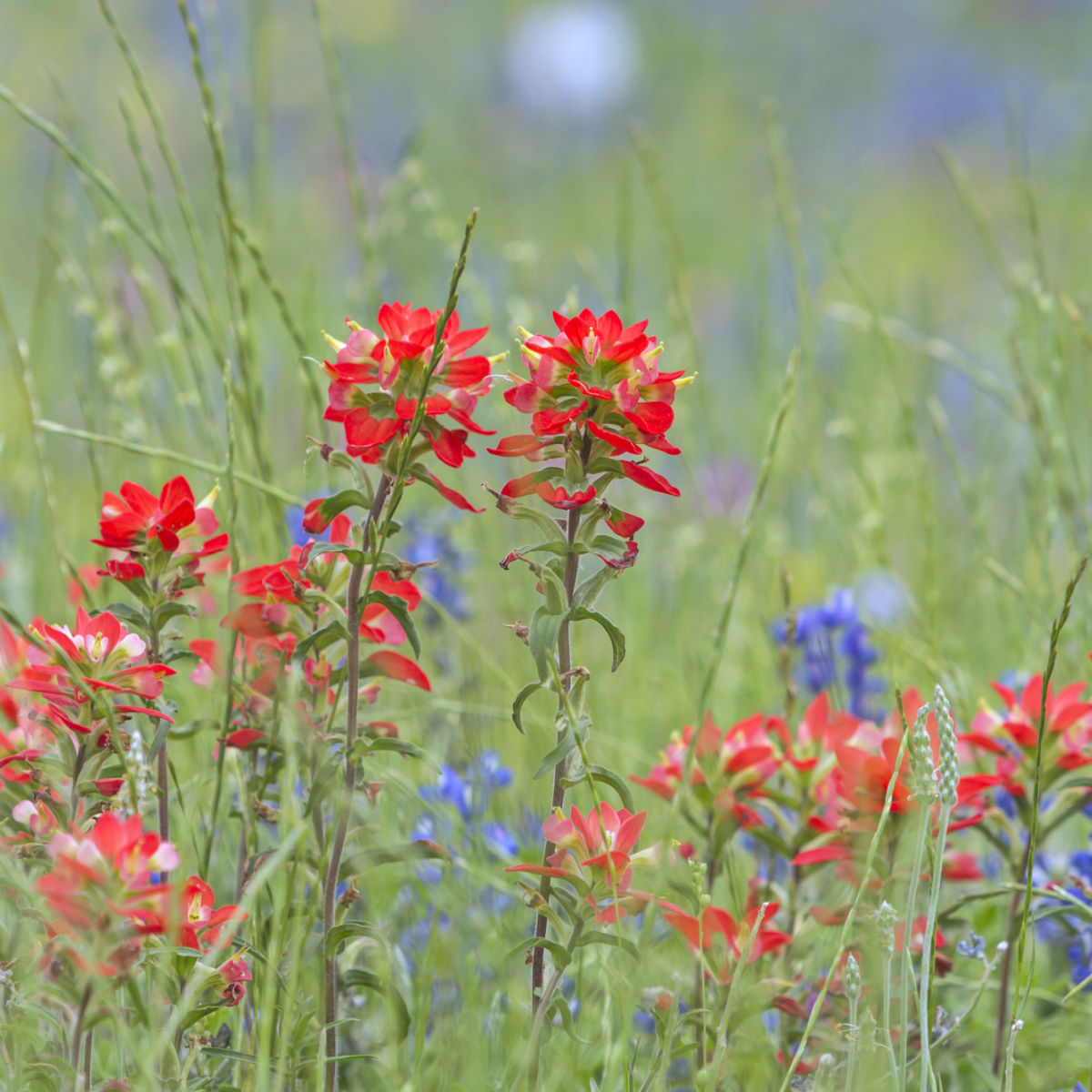What Plants Don't Like Epsom Salt? Tips for Much Better Plant Care
What Plants Don't Like Epsom Salt? Tips for Much Better Plant Care
Blog Article
Learn More About the Particular Plants That Are Detrimentally Affected by Epsom Salt Application
Epsom salt, a prominent household treatment for various horticulture troubles, is usually praised for its advantageous impacts on plant development. Not all plants react positively to its application. Comprehending the specific plants that can be negatively impacted by Epsom salt is essential for any kind of gardener looking to enhance their plant treatment regimen. Roses, tomatoes, rhododendrons, peppers, and azaleas are just a few instances of plants that might not react well to Epsom salt. The reasons behind these damaging results and how to reduce them are essential understanding for preserving a thriving garden.
Roses

Roses, particularly conscious changes in their setting, can be adversely affected by the application of Epsom salt. While Epsom salt is generally utilized as a fertilizer to advertise plant development and boost flowering, roses are just one of the plants that do not respond well to its application. The high magnesium material in Epsom salt can conflict with the uptake of various other vital nutrients by the rose plants, leading to deficiencies that materialize as yellowing fallen leaves or stunted growth.

Tomatoes
While Epsom salt is often proclaimed as a solution for numerous plant problems, including blossom end rot in tomatoes, its application can lead to detrimental end results if not made use of judiciously. Extreme Epsom salt, which is magnesium sulfate, can interfere with the fragile nutrient equilibrium required by tomatoes, potentially leading to deficiencies in various other vital nutrients like calcium. When thinking about the use of Epsom salt on tomatoes, it is essential to adhere to advised application rates and dirt testing to avoid unplanned effects on the general health and wellness and efficiency of these precious garden plants.
Peppers
Peppers, respected for their various shades and degrees of spiciness, can show vulnerability to negative influences from Epsom salt when not applied with care and factor to consider for their details nutritional demands. what plants don't like epsom salt. Peppers, coming from the Solanaceae family, call for a delicate equilibrium of nutrients to grow. While Epsom salt is recognized to increase magnesium levels in plants, extreme application can interrupt this balance, bring about negative effects on pepper plants
When peppers are exposed to high levels of magnesium from Epsom salt, it can conflict with the plant's capability to absorb other vital nutrients like calcium and potassium. This inequality might materialize in symptoms such as fallen leave discoloration, stunted development, and decreased fruit production. Additionally, the excessive magnesium can change the soil pH, more worsening nutrient uptake problems for peppers.

Rhododendrons
Provided the sensitivity of specific plant varieties to inequalities caused by Epsom salt, it is necessary to consider the effect on Rhododendrons, which likewise need certain nutrient levels to grow. Rhododendrons are acid-loving plants that like acidic soil problems with a pH variety in between 4.5 and 6.0. Epsom salt, chemically more info here referred to as magnesium sulfate, can modify the soil pH and interfere with the fragile equilibrium of nutrients important for Rhododendron wellness.

To preserve the optimal development and health of Rhododendrons, it is important to prevent the indiscriminate use Epsom salt and instead concentrate on offering the particular acidic dirt conditions and nutrients that these plants need for growing.
Azaleas
Azaleas, known for their dynamic blooms and wide variety of shades, are ornamental hedges that come from the Rhododendron genus. These popular blooming plants are often discovered in yards, landscapes, and parks due to their charm and adaptability. Azaleas are delicate to modifications in dirt pH degrees, which can dramatically impact their growth and general web health. While Epsom salt is typically used as a remedy for magnesium deficiency in plants, its application to azaleas can have negative impacts.
When Epsom salt is put on azaleas, it can alter the dirt pH, making it extra acidic. Azaleas prefer somewhat acidic soil problems, and an excess of magnesium from Epsom salt can interrupt this equilibrium, resulting in nutrient imbalances and potential toxicity problems. The wrong application of Epsom salt can lead to stunted growth, yellowing of fallen leaves, and overall decrease in the wellness of azaleas. As a result, it is important to be careful when considering the usage of Epsom salt on azaleas to stop any type of unfavorable repercussions on these fragile decorative shrubs.
Conclusion
To conclude, it is necessary to be familiar with the particular plants that can be negatively impacted by the application of Epsom salt. Roses, tomatoes, rhododendrons, azaleas, and peppers are some instances of plants that may not profit from Epsom salt and can even experience damage. It is essential to study and recognize the demands of each plant varieties before using Epsom salt as a plant food to guarantee their wellness and well-being.
Understanding the certain plants that can be negatively impacted by Epsom salt is important for any type of garden enthusiast looking to enhance their plant care routine. While Epsom salt is commonly used as a fertilizer to promote plant growth and boost blooming, roses are one of the plants that do not respond well to its application.Too much usage of Epsom salt can additionally result in an accumulation of salts in the soil, leading to root damages and dehydration of the rose plants. While Epsom salt is known to increase magnesium degrees in plants, excessive application can interrupt this balance, leading to adverse results on pepper plants.
The high salt web content in Epsom salt can additionally dehydrate Rhododendron roots, creating additional stress and damage to the plant. (what plants don't like epsom salt)
Report this page